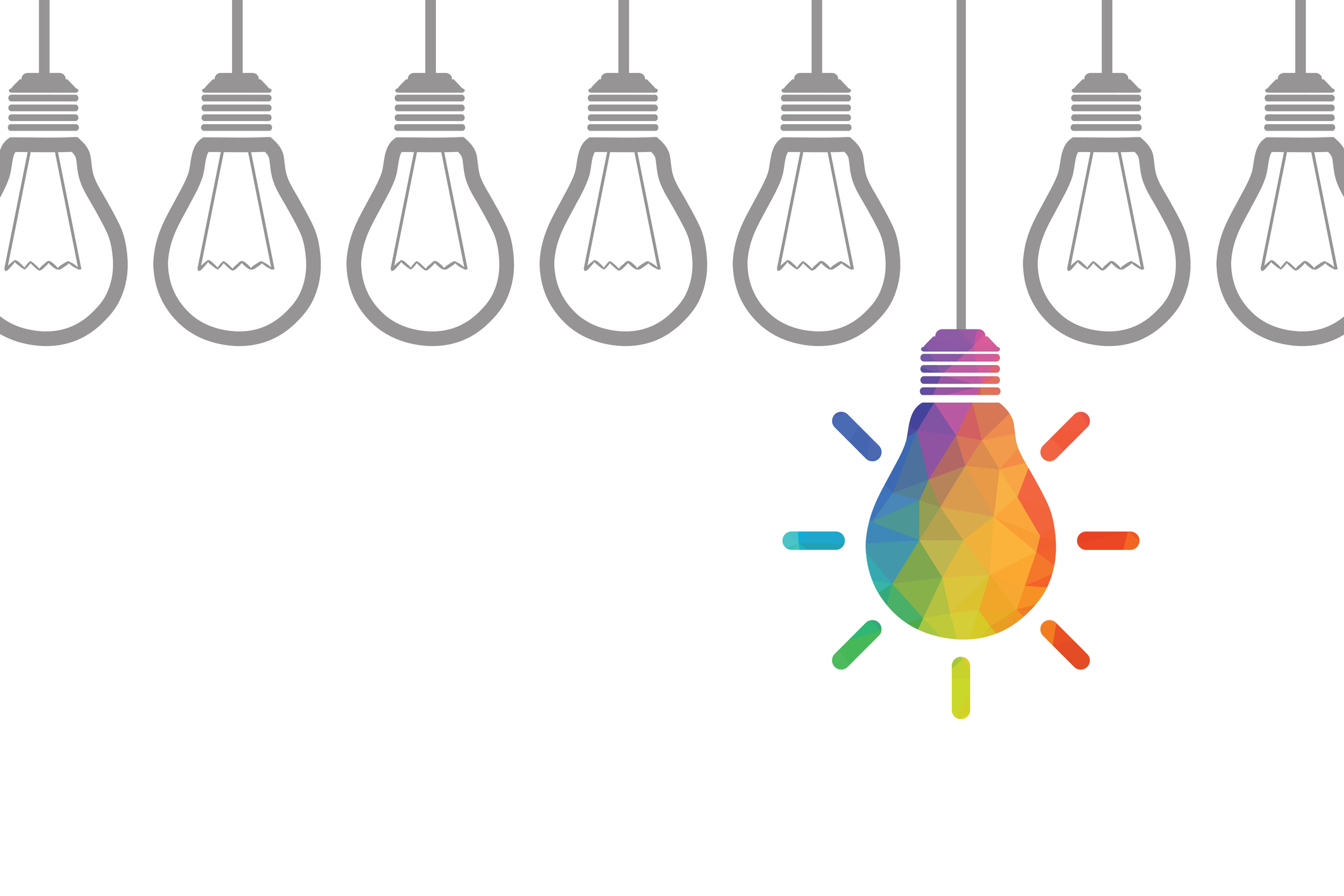
Once a desired candidate has been successfully hired, traditionally recruiters have done their job. But really, is this still state of the art? Employers in these days have the opportunity to collect valuable information during the whole recruiting process. An executive study created in collaboration with Oxford Economics and SAP «4 Ways Leaders Set Themselves Apart» shows that some companies are now combining recruiting with other HR areas by linking the tools of the different HR areas together. This way HR managers are able to access data generated throughout the HR organization, from HR core processes to talent management and HR analytics. Data gained via the recruitment process can then be used to specifically develop talents.
The basis is the increasing availability and use of Big Data and Artificial Intelligence in recruitment. It allows companies to put the whole personality of an applicant at the centre of their recruiting process. The “potential value” that a person brings into the company becomes tangible. Tools and systems that measure relevant cognitive skills, soft factors, and motivational drivers are available. This allows you to collect exactly the information that serves as the basis for personnel development. Further education and development as well as lifelong learning are the keywords. In view of digitization, they are becoming increasingly important with their constantly changing requirements, new jobs and ways of working. The Research speaks of safeguarding employability. In these days, it means the “sustainable employability” of a person. At its best over the entire work life, the employer and the employee themselves are required to obtain this.
The time for innovation has come
However, in large organisations in particular, real cooperation between talent development and recruiting is still extremely rare. As a rule, small and medium-sized enterprises do have the advantage: the responsibilities are often bundled in the one and only person. The separation between the two areas was good and useful as long as recruitment was mainly focusing on cover letters and CVs – and thus could only make a limited contribution to the further development steps of an employee. Finally, the CV is only a look in the rear-view mirror while driving. It only provides information about what lies behind the person: the past.
The time has come to redefine HR processes – and to be truly innovative. Similar to the development of self-driving cars, recruiting is on its way to increasing automation. It is important to connect the individual HR tools in a meaningful way. The aim is to achieve the most perfect possible matching as the basis for long-term and sustainable talent development. If the information on the personality of a candidate is collected during the recruiting phase, they are the optimal basis for the future individual development plan. Thus, already at the time when a new employee starts in the company, exists clarity about their next meaningful development steps. This benefits employees and employers.
Who benefits from this dream team? Everyone.
When recruiting and talent development are working together hand in hand, employees will have a clear perspective which matches their personality. Organisations gain efficiency and the certainty that they have the right talent skills in the company for their requirements and success. How are you going to redesign your HR processes?
